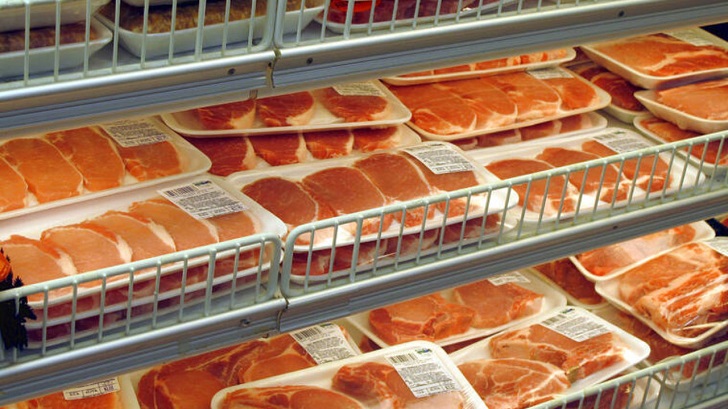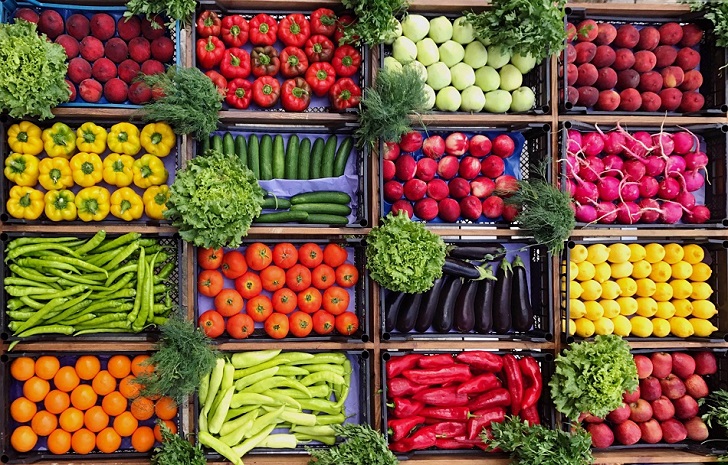As consumers, we are all familiar with the fluctuating prices of groceries. However, in recent times, certain factors, such as supply chain disruptions, inflation, and changing consumer demands, have contributed to significant price increases in various grocery items. Here are some grocery items that are currently the most expensive and the reasons behind their rising costs.
Meat and Poultry
One of the most notable categories experiencing price hikes is meat and poultry. The cost of beef, pork, and poultry has surged due to various factors. Firstly, disruptions in the meat processing industry caused by the COVID-19 pandemic have impacted production and supply.
Additionally, increasing feed prices for livestock and rising transportation costs have further contributed to the higher prices of meat and poultry products.

Dreamstime/ TNS | CNBC reported that beef and veal prices have risen by 20.1% during the past year. (Dreamstime/TNS)
Fresh Produce
Another area where consumers are witnessing a rise in prices is fresh produce. Weather-related challenges, such as droughts, floods, and extreme temperatures, have affected crop yields and decreased supply. Consequently, specific fruit and vegetable scarcity has pushed up their prices. Furthermore, transportation and labor costs also affect the increased fresh produce prices.
Dairy Products
Factors such as rising feed costs for dairy cattle, higher energy costs, and increased demand for certain dairy products have increased prices. Disruptions in the supply chain and logistical challenges have further impacted the availability and affordability of dairy items.
Grain-based Products
Grain-based products, like bread, pasta, and cereal, have increased prices. The rising costs of key ingredients, such as wheat and corn, have played a significant role. Adverse weather conditions, supply chain disruptions, and increased demand for grains in the production of biofuels have all contributed to the spike in prices. Packaging and transportation costs have also impacted the overall cost of grain-based products.

Kelly McCarthy/ ABC | As grocery prices continue to rise on everything from grains to greens, customers are struggling to find ways to keep costs down
Cooking Oils
Cooking oils, including vegetable and olive oil, have seen notable price increases recently. These hikes can be attributed to various factors, including fluctuations in the prices of raw materials, such as soybeans or olives, increased global demand, and disruptions in the supply chain. Additionally, higher costs associated with packaging and transportation have further contributed to the increased prices of cooking oils.
Canned Goods
Canned goods like soups, vegetables, and fruits have also experienced price surges. The rising cost of raw materials, including metals used for cans, has impacted the production and pricing of these items. Furthermore, increased transportation costs and logistical challenges have increased overall prices.

Getty Images/ Inna Klim/ EyeEm | Fresh fruit and vegetables are among some of the most expensive items at grocery stores
Snack Foods
Food ingredients, like flour, sugar, and corn, have become more expensive, increasing snack food manufacturers' production and shipping costs. Other costs, like transportation and packaging, have also gone up.
Beverages
Beverages, including soft drinks, juices, and energy drinks, have also experienced price increases. The cost of sugar and corn syrup has increased significantly in recent years, making it more expensive to make beverages. This is because sugar is a commodity, and corn syrup is a byproduct of the sugar industry. Packaging and transportation costs have also affected the overall price increase.


